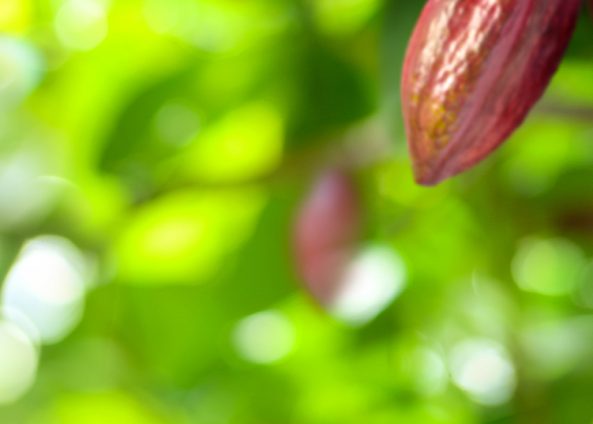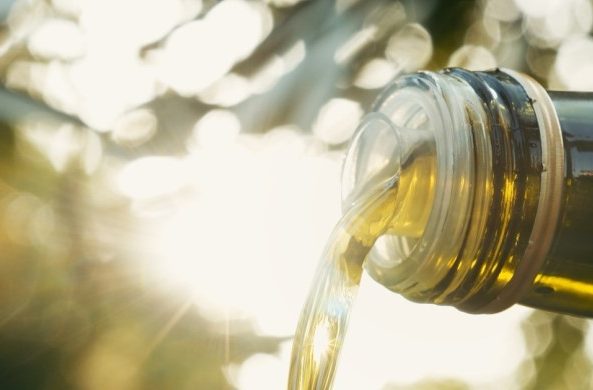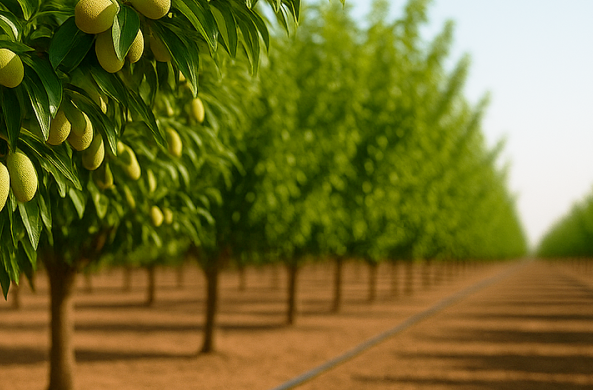
Maintenance of pumping station used for irrigation systems – diesel and electric pumps
The pumping unit is the “beating heart” of the irrigation system. We will share tips regarding how to prevent malfunctions and to enable a trouble-free operation.
Compared to the rest of the irrigation systems, the pump has the most moving parts. Making sure these moving parts are lubricated and receive proper cooling is important. The pump is a long-term investment. Proper maintenance, both before and after the irrigation season, ensures your investment is protected.
By Romeo Dragan Product Manager Rivulis
The pumping unit
Pumping units used for agricultural irrigation have 2 main components working together to deliver the flowrate and pressure required by the irrigation system. Any failure of the pump delivering the above-mentioned hydraulic parameters can translate into poor irrigation performance such as low uniformity, low filter backflushing efficiency, or unsatisfactory performance of other irrigation system components which use hydraulic energy.
Maintenance instructions for the pump are provided by the manufacturer, and they are generally focused on checking the pump is being lubricated and cooled and that water is not entering the engine/motor, as these can cause major damage.
Below is a list of check-ups and steps to be taken both before and after the irrigation system:
Before the irrigation season:
Centrifugal pumps:
- Where there is a trash screen, clean and install it properly. If a trash screen or stone collector is installed – clean it.
- Check the foot valve on the suction line operates properly – proper pump priming is dependent on this.
- If you are using a submersible pump – check that it’s sufficiently submerged.
- Replace bearing oil, or lubricate bearings with grease.
- Start pump and check for normal operation.
Internal combustion engines:
- Check coolant level and make sure the radiator is clean and air can flow freely though and around it.
- Check oil level in crankcase and bring the level up to the proper mark on the dipstick.
- Remove spark plugs and spray cylinder walls with a light engine oil.
- Lubricate all engine accessories.
- Start engine, run slowly for a few minutes, monitor the oil pressure, and if it fails to come up to the correct reading, stop the engine and investigate the cause.
Electric motor:
- Change motor bearing oil with special type of lubricant, do not overfill, use grease gun to lubricate bearings.
- Check that motor ventilation vents are open; clean dust and dirt from all moving parts of motor and panel.
- Check and tighten all electrical connections, replace overheated connections with new material; check that all conduct points are corrosion free.
- Operate all moving parts by hand and check they are able to move freely.
After the irrigation system
Centrifugal pumps:
- Drain all the water from pump and connecting pipelines; where possible, remove suction lines and store them.
- Cover the shaft and any exposed metal and all oil or grease lubricated bearings with protective lubricant.
- Clean debris and any other material from impeller and volute.
Internal combustion engines:
- Lubricate all accessories and seal all openings airtight, including air cleaner inlet, exhaust outlet, and crankcase breather tube, with weatherproof masking tape.
- Spray all accessories and electrical equipment with a suitable insulating compound.
- Remove the battery and store fully charged.
- Where the engine is in the open, cover with waterproof material.
Electric motors:
- Ensure that all bearings are well lubricated.
- Cover the motor to protect against rodents, insects and dust, but provide sufficient ventilation.
- Lock control box in ‘off’ position and cover with a canvas when exposed in the open to protect against moisture and dust.
Conclusion
The financial investment farmers make in irrigation systems and pumping units are made with the expectation to save considerable amounts of water, increase yields and to improve crop quality. Water conservation is and will continue to be a major goal for farmers, industry and governments. Maintenance should never be neglected, because if it is done correctly, it can help protect your investment.
Disclaimer: The above is provided as general advice only. Every application is different, and the maintenance regime you require for your pumping unit should be developed in consultation with the user manual delivered by the pump producer.





